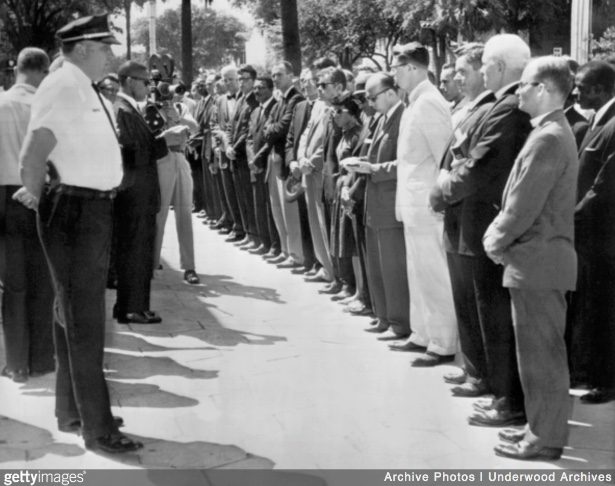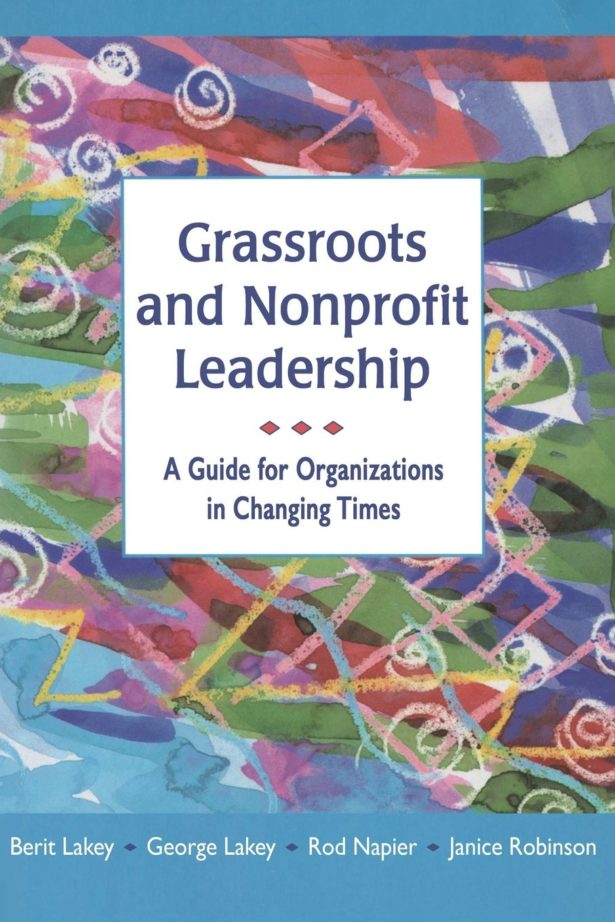The pandemic is many things for many people. For a lot of activists, it offers both frustration and opportunity. It’s frustrating not to be able to stage a sit-in or picket line. The opportunity, though, is the shake-up in politics and society: History shows many examples of when a convulsive historic event altered conditions in such a way as to promote positive change. That happened with the Great Depression in the United States and World War II in the U.K. Both societies took a leap forward in terms of progressive social, economic and cultural change.
It’s not that anyone would wish for the shake-up, given its enormous pain and suffering. But massive history-making events don’t ask our opinion. They are what they are. The question is, what do we make of them? In Christopher Fry’s anti-war play, “A Sleep of Prisoners,” a character says, “Affairs are now soul size.”
Fear may overwhelm us, leading us to overlook an expanding opportunity. That’s why we need each other, via Zoom or any other means of connecting, to expand our souls and notice the expansion of opportunity. One place I look in the midst of suffering and lockdown — to remind myself what expansion looks like — is how activists have used hard moments in the past.
The civil rights movement confronts a loss
In Georgia in 1962 the Albany movement lost its desegregation campaign, painfully, despite mass participation in civil disobedience reinforced by the brilliance of the emerging Freedom Singers. Martin Luther King Jr., already a national figure, threw himself and the Southern Christian Leadership Conference, or SCLC, into the fight to back up the initiative of the Student Nonviolent Coordinating Committee, or SNCC.
Previous Coverage
 What a failed civil rights campaign can teach climate activists trying to stop Kinder Morgan
What a failed civil rights campaign can teach climate activists trying to stop Kinder MorganI later met Albany’s Sheriff Laurie Pritchett and heard him brag about “beating Dr. King,” a boast he made across the South as he toured speaking to white police chiefs about how to shut down a civil rights campaign.
King knew it was time to re-charge, to evaluate and go back to the drawing board. For one thing, they discovered a strategic mistake: choosing the wrong target (the Albany politicians instead of the business community). They took their time and re-charged the organization as well.
Boldly taking the time to re-charge — that’s one take-away needed by many of us at this moment. Yes, the violence of southern racism in 1962 was as urgent as ever, but SCLC resisted the temptation to fling themselves at one or another example of injustice.
Instead, they wanted to come out powerfully, at a moment of their choosing, which meant re-grouping and sharpening their strategic chops. The stakes were too high to be reactive, contenting themselves with moral witness that doesn’t change anything. Their reading of history was that wins were possible, but they needed to increase their learning curve and up their game.
SCLC’s next big strategic campaign was in 1963 in Birmingham, Alabama, where they escalated so powerfully that their demand for equal accommodations forced a response from Washington. They won a breakthrough civil rights bill.
Birmingham as the site of battle was contrary to conventional thinking, as brilliant strategy sometimes is. To get action from the president and Congress you go to Washington, right?
Instead, SCLC and its allies joined the grassroots activists in Birmingham. They dislocated what was then a major industrial city with a campaign prolonged and dramatic enough to force Washington’s hand. Being able to sustain a long and bloody campaign meant that their organization needed to be resourceful and creative, functioning as a strong team. Mark and Paul Engler begin their necessary book “This Is An Uprising” with the dramatic story of Birmingham.
Because history is now giving us the opportunity for larger change, we can use this time to get ready to come out charging. That means sharpening our strategy skills and giving up the distraction of one-off witness events. It means getting more clarity about our vision so we can win more people over to our cause through common-sense descriptions of what we want. And it means building more effective organizations so our teamwork is more powerful and our capacity is larger.
A resource for this moment that strengthens activist groups
Training for Change recently re-published “Grassroots and Nonprofit Leadership: A Guide for Organizations in Changing Times,” which gives us a grounding in “what works” for increasing effectiveness. Training for Change has for decades been consulting and leading workshops for grassroots and labor groups, as well as sharing its activist-friendly pedagogy known as direct education. Its trainers found that many of the groups they worked with needed not only skills but also new structures to be more effective.

The book was written in a highly collective way by me, Berit Lakey, Janice Robinson and Rod Napier. We started by doing intensive interviews with a wide range of diverse organizers who’ve worked in civil rights, peace, environment and LGBTQ groups, as well as labor and grassroots neighborhood organizations. We asked them what works for start-ups and for longer-established groups.
Four of us drew the interviews together and added our own experience. Berit Lakey was a pioneer in anti-rape and anti-racism groups, and Janice Robinson built a community health center in Harlem. Meanwhile, Rod Napier helped innovative schools, and I built direct action campaigning groups. We’d all done consulting work, helping groups handle divisive conflicts and developing better structures that fit the work they were doing.
The book is full of stories from groups’ experiences. Because the groups were mostly in the United States, we were surprised when the book was published, in translation, in Egypt, Serbia and Thailand. In the latter, for example, it helped some grassroots groups innovate beyond traditional lines of hierarchy.
Organizations can learn to handle more turbulence
Taking a cue from black historian Vincent Harding’s book “There is a River: The Black Struggle for Freedom in America,” the central metaphor of our manual is white-water rafting. The chapters are organized into: “Approaching the River, Fortifying the Raft, Steering through White Water, and Facing the Boulders.” The authors include the typical nonprofit structure and go beyond it, describing alternatives. Accepting that one size does not fit all, the book invites readers to choose among options to find what will work with the characteristics of your group.
Our opponents try to maximize their profits through shake-ups like this one, pouring time and energy into learning how to use their opportunity. We can also increase our learning curve as rapidly as possible.
The book is also unique in encouraging a conflict-friendly culture suitable for social change movements. There are specific tools for supporting members to express their differences directly, whether that’s differences over strategy or identity. The goal is developing a cohesive and united team that can handle repression or infiltration.
The book also offers tips on how to facilitate effective meetings that make decisions while saving time, and how to form task groups that get their job done and develop a learning curve at the same time. Too many activists overlook the loss of morale that comes from repeating the “same-old, same-old” practices that yield only mediocre results. An easy way to improve morale, for example, is to take a short amount of time de-briefing each meeting. Over time, a learning curve develops, the meetings improve, people notice and morale goes up.
The manual puts organizational practice in the larger context of building social movements that can force major change. That means keeping a group’s attention outward, “beyond the choir” as Jonathan Matthew Smucker puts it, and also inward through thoughtful attention to leadership development.
The pandemic’s shake-up is accelerating the pace of change in all societies I know about. That means opportunity, for those who know how to use it. Naomi Klein has pointed to “disaster capitalism”: Our opponents try to maximize their profits through using shake-ups like this one, pouring time and energy into learning as rapidly as possible how to use their opportunity.
We can also increase our learning curve as rapidly as possible. This book supports that, and you can enhance the book’s power by reading it with others in your group and scheduling Zoom conversations to speed through it, chapter by chapter.

Thanks as ever George. As a member of Nonviolent Conflict Workshop (Thailand) I would like to ask for details of the Thai translation of the book “Grassroots and Nonprofit Leadership”.
Hello Sam,
Very happy you caught this article especially — I didn’t know you were working in Thailand. The publisher is Protestista, with email address: protestista@gmail.com.
George
George:
What a refreshing review of progress made and the long road that still lies ahead. The Pandemic is a wake up call to a complacent nation that periodically shouts out to be heard. I’m sure your timely article will also stimulate both thought and action to a new generation of readers at a time that demands an awakening of spirit as a polarized nation needs to revisit some of the values, tools and strategies that can so easily be lost in times when inaction and being overwhelmed by a trauma demand attention. That’s the definition of opportunity.